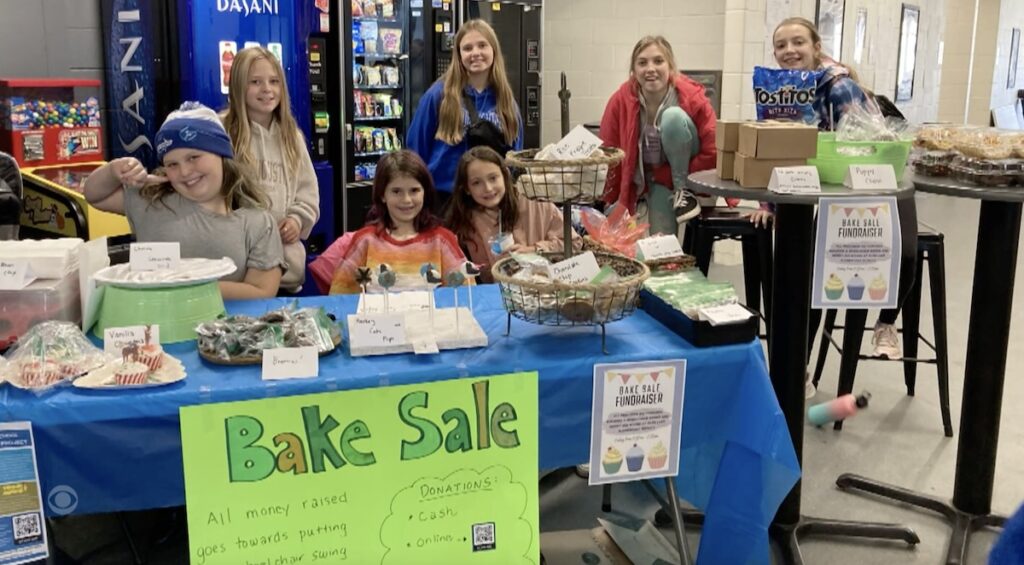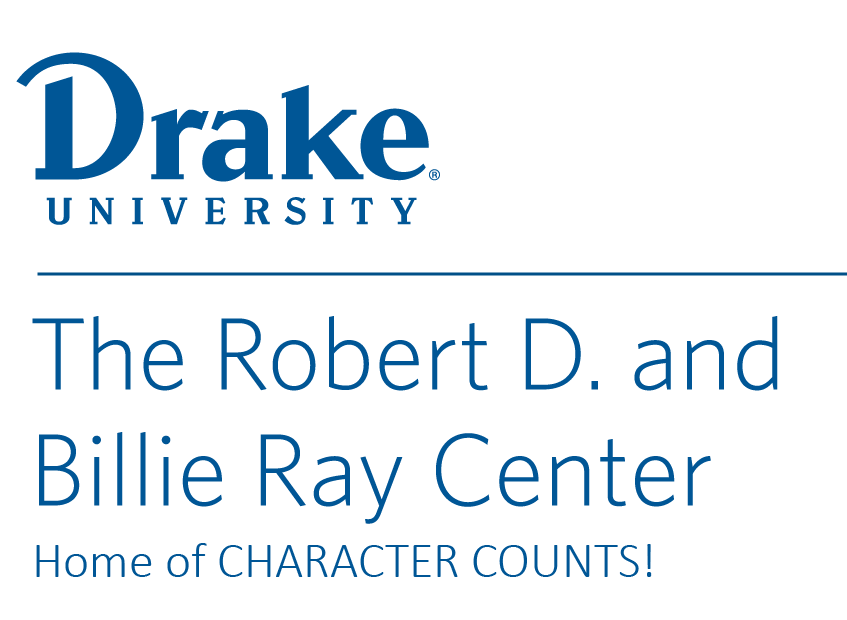
When faced with challenges and lofty goals, practicing resourcefulness can pay off in a big way.

Create positive relationships and meaningful connections with family members, classmates, and teachers.
Assess and be sensitive to the feelings and needs of others.
Fully engaged in the educational process and connected to the school community.






Station 1: Obstacle Course
Station 2: Language Barrier
Station 3: Fine Motor Challenge

Set up the three stations around the classroom. Divide students into small groups and assign each group to a different station. Give the students a set amount of time to complete the activity and then rotate through all stations.
Station 1: Obstacle Course
Create a simple obstacle course using chairs, cones, or other objects. At this station, students will navigate the obstacle course wearing eye masks or blindfolds.
Station 2: Language Barrier
Ask students to build Legos by following directions in an unfamiliar language.
Station 3: Fine Motor Challenge
Set up a task that requires precise hand movements, such as threading beads onto a string or assembling a puzzle. Provide students with mittens to wear to simulate limited dexterity.
Follow-up questions:

K-5
6-12

Educators: Copy the Family Connection and email it to parents, or click here to download a PDF version to email or print.
Watch
Watch the video as a family: https://youtu.be/3a6oCF4INq8
Discuss
Use these questions to start meaningful conversations about resourcefulness.
Activity
Try participating in these activities.